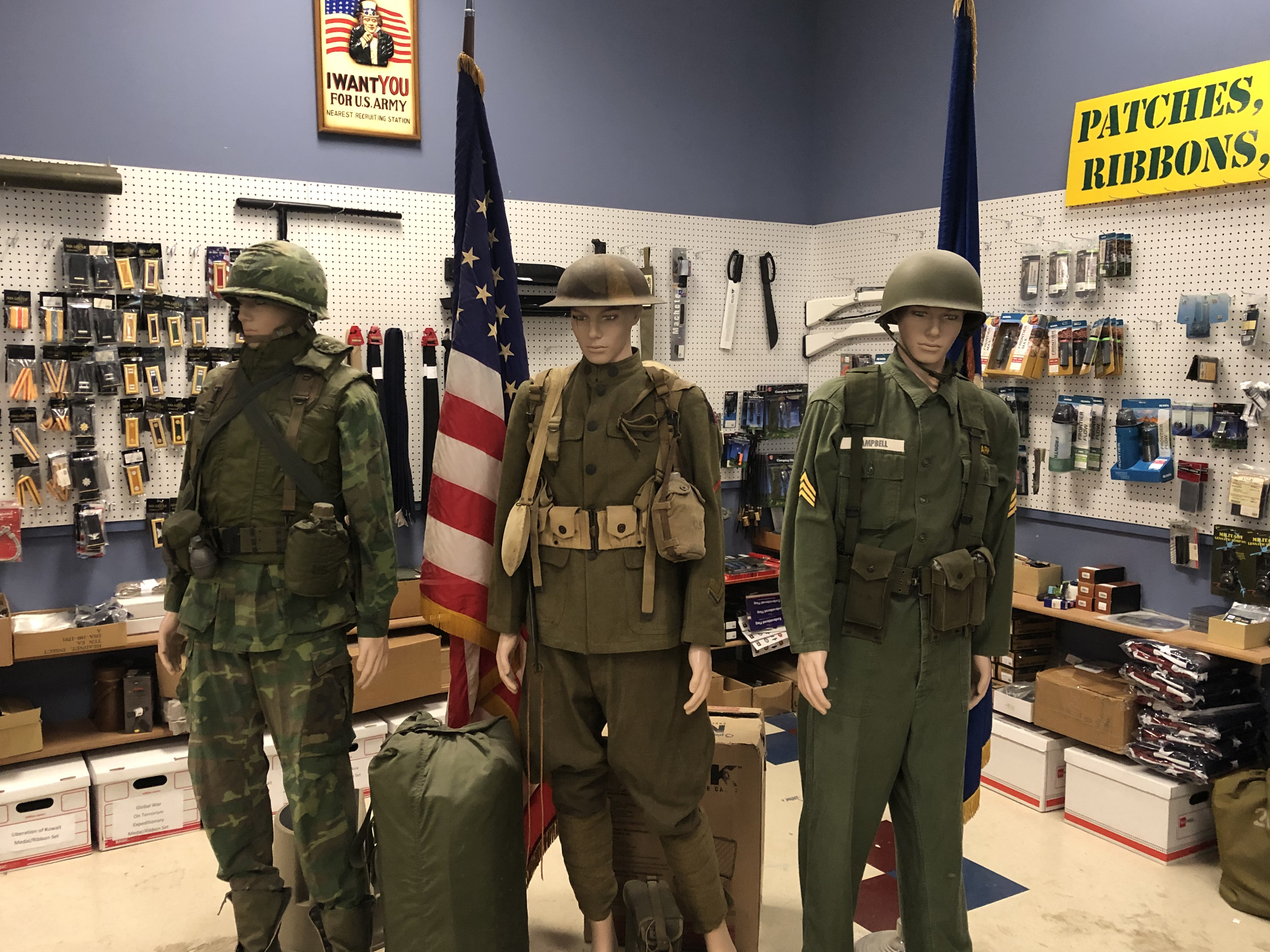A man named William James Clarke once impersonated a Green Beret and successfully led a rescue operation.
In 2002, William James Clarke impersonated a Green Beret and led a successful rescue operation following the collapse of the I-40 bridge over the Arkansas River, deceiving local officials and rescue workers with his fabricated credentials and commanding presence. Despite his lack of military background and ongoing criminal history involving impersonation across various professions, Clarke managed to coordinate rescue efforts effectively during the crisis, momentarily earning the trust and admiration of those on site. However, suspicions arose due to inconsistencies in his appearance and behavior, leading to the discovery of his true identity as an imposter. Before authorities could arrest him, Clarke vanished by stealing a truck from the rescue site, cementing his status as a wanted fugitive. Eventually captured and convicted of theft and impersonation, Clarke's case highlighted the vulnerabilities in emergency response procedures and the potential for exploitation by imposters during crises.
William James Clarke, a man with no military background, impersonated a US Army Green Beret and became involved in disaster response efforts during the 2002 I-40 bridge collapse in Oklahoma.
Clarke's convincing act included wearing a complete Green Beret uniform and displaying a commanding presence, which led law enforcement, rescue workers, and reporters to believe in his false identity.
He took charge of rescue operations by organizing volunteers and coordinating communications, creating a sense of order amidst the chaos, and even provided press briefings without being questioned.
His deception was eventually uncovered due to physical inconsistencies and errors in military jargon and insignias noticed by real service members, prompting officials to monitor him.
Before authorities could act, Clarke disappeared by stealing a pickup truck, and it was later revealed he had a history of impersonating professionals like doctors and lawyers across multiple states.
Experts suggest Clarke's actions were driven by a desire for respect and validation, using his skills of organization and confidence to temporarily gain the identity and honor of a Green Beret.
Clarke was eventually arrested and convicted, serving as a cautionary example for emergency responders to verify credentials more carefully, especially during crises, to prevent similar incidents of 'stolen valor'.
The story reads like something out of a novel, but the bizarre sequence of events was all too real. In 2002, posing as a US Army Green Beret, William James Clarke inserted himself into disaster response efforts and even led a heroic rescue operation. But behind the uniform and commendations was a man with no service background and a long criminal history.
A Man In Uniform—But Not In Service
Clarke wasn’t just pretending to be a soldier; he went all-in. He wore the full Green Beret uniform, complete with badges, insignias, and the quiet confidence of someone trained in elite special forces tactics. Law enforcement, rescue workers, and reporters were taken in by his apparent command presence. He didn’t just look the part, but acted it flawlessly.
The I-40 Bridge Collapse: Clarke's Spotlight
Clarke’s most audacious act came in May 2002 after the tragic collapse of the I-40 bridge over the Arkansas River near Webbers Falls, Oklahoma. Fourteen people perished when a barge struck the bridge, sending vehicles plunging into the river. Clarke showed up on site claiming to be a Green Beret captain specializing in recovery and rescue missions. Overwhelmed by the disaster, local officials welcomed the help.
 Xpda, Wikimedia Commons
Xpda, Wikimedia Commons
Coordinating The Chaos
Without hesitation, Clarke began organizing volunteers, coordinating boat patrols, and managing radio communications. He brought an air of confidence and control to a chaotic situation. In the thick of disaster, no one questioned his authority. He gave press briefings and issued orders as if he belonged there. Volunteers and responders followed his lead, unaware that he was an imposter.
Cracks Begin To Form
While Clarke’s act initially went unquestioned, suspicions began to grow. With an ample spare tire around his midsection, he certainly wasn't in the physical shape expected of a Green Beret. Real service members also noted inconsistencies in his speech and uniform. His jargon was slightly off. Some insignias were misaligned. A few veterans quietly alerted the authorities. Soon, it was confirmed: Clarke was not a Green Beret. He had never served in any branch of the service.
 Ministerstwo Obrony Narodowej, Wikimedia Commons
Ministerstwo Obrony Narodowej, Wikimedia Commons
The Great Disappearance
Rather than confront him immediately, officials began monitoring Clarke. But before they could make an arrest, he vanished. Not only did he disappear, he did so in grand style—by stealing a pickup truck from the rescue site. Clarke absconded with the vehicle, leaving no trace behind. The man who had just been hailed as a hero was now a wanted fugitive.
A Pattern Of Deception
Clarke’s bridge episode wasn’t an isolated incident. He had a long record of impersonation. In the past, he posed as a doctor, a lawyer, and even a police officer. His shady history stretched across multiple states and included fraud, theft, and impersonation. He was a professional chameleon, able to adopt any identity that suited the moment.
Psychology Of An Impostor
What drives a man like Clarke? Experts suggest that chronic imposters often crave respect and validation they feel unable to earn lawfully. With a cheap uniform bought at an army surplus store, Clarke’s impersonation gave him a temporary identity of honor and competence. Ironically, he was competent—just not in the way people thought. His organizational skills, poise, and confidence were real, even if his credentials were fake.
 Daknation, Wikimedia Commons
Daknation, Wikimedia Commons
Justice Eventually Catches Up
Clarke’s run didn’t last forever. He was tracked down and taken into custody by federal authorities. In 2003, he pled guilty to charges of theft and impersonation. Though his sentence wasn’t lengthy, the case served as a wake-up call for responders and officials across the country to verify credentials more carefully, even in times of crisis.
A Cautionary Tale
The case of William James Clarke goes to show that someone can exploit people's trust during emergencies. His actions, though not physically harmful, compromised the integrity of a rescue mission and could have endangered lives. It also raised serious concerns about security procedures during disaster responses.
Legacy Of The Fraudulent Green Beret
Clarke is remembered not for heroism, but for audacity and deception. His story has been cited in law enforcement training and psychological studies as a classic case of “stolen valor.” The man who once coordinated rescue efforts as a fake Green Beret left a legacy not of bravery, but of a master con artist who briefly fooled the nation.
You May Also Like:
Guilty Facts About James Fisk, The Fraudulent Financier
The Disturbing Case Of The Fake Rockefeller
The Captain of Köpenick And The Prank That Shook An Empire
Sources: 1, 2, 3